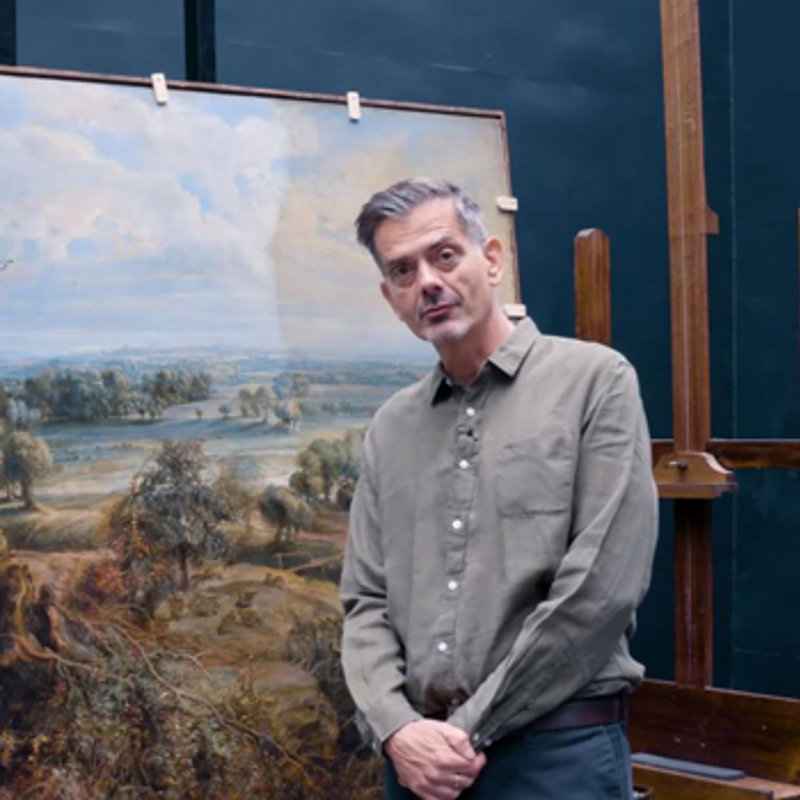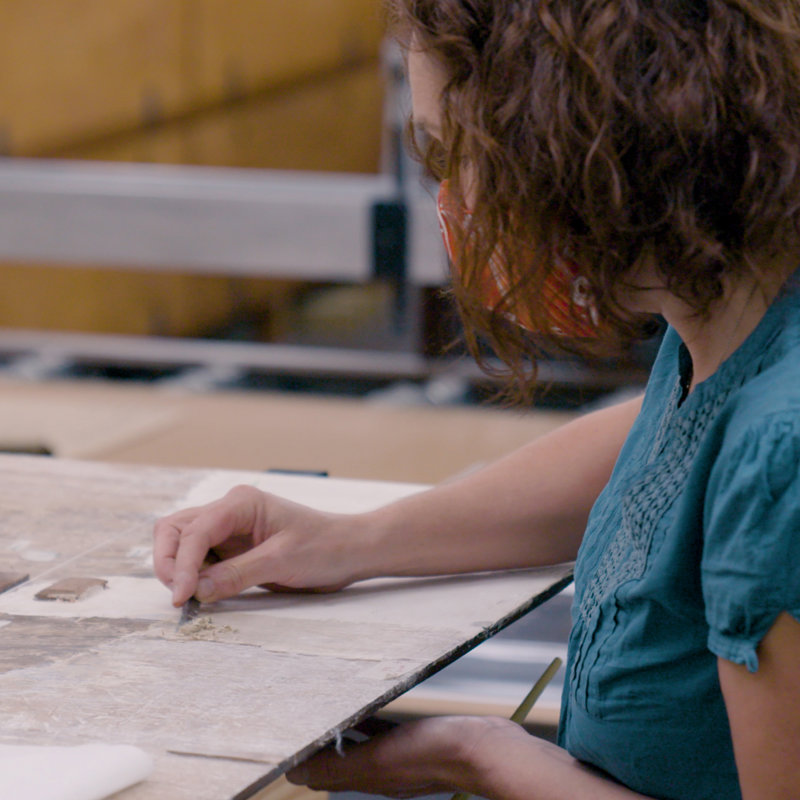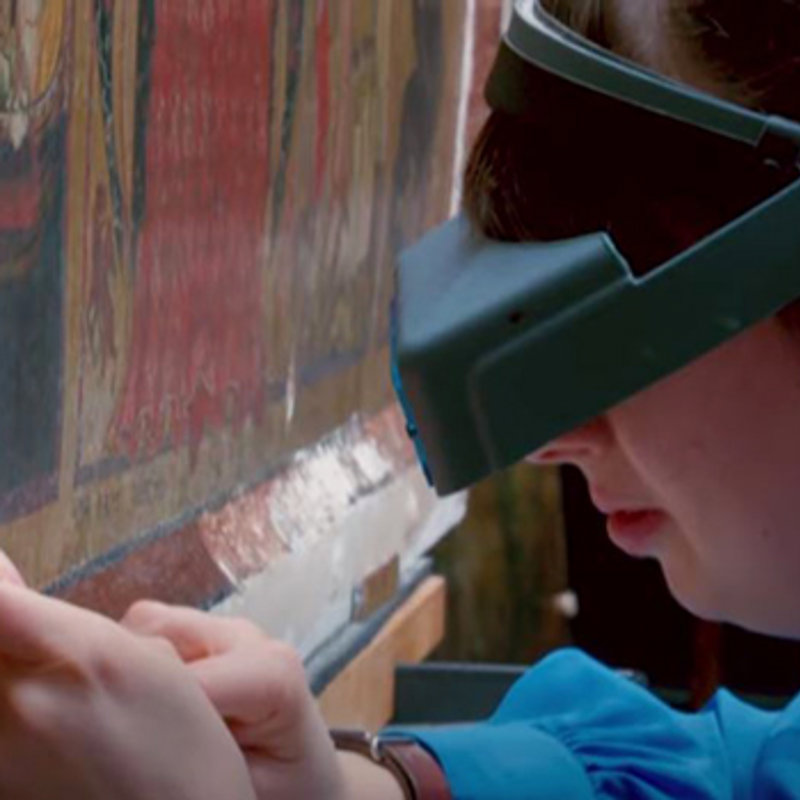For the first time in over two hundred years, our newly restored Rubens masterpiece, ‘A View of Het Steen in the Early Morning’ will be reunited with its pendant, ‘The Rainbow Landscape’ (The Wallace Collection) for an exhibition at the Wallace Collection this spring.
These sweeping panoramic works, both painted on panel, were particularly special to Rubens. Intended as companion pieces and painted for his own pleasure to decorate the walls of his home, the paintings depict the artist’s estate, Het Steen, in Flanders.
The two works remained in Rubens’s possession until his death in 1640, and were later brought to London in 1803, before being separated for good with ‘A View of Het Steen in the Early Morning’ eventually entering the collection here at the National Gallery, and ‘The Rainbow Landscape’, the Wallace Collection.
Behind the scenes
Ahead of its unveiling, ‘Het Steen’ is being restored by the National Gallery Conservation team; a process which is being documented on camera for our new behind-the-scenes film series, sponsored by Nikon.
The conservation journey has so far proven revelatory: removing the surface layer of aged, discoloured varnish has revealed the depth and vibrancy of Rubens’s original colours, and the panel has needed a comprehensive structural repair – a complex task given the nearly 400-year-old panel’s size and fragility.
The conservation work is ongoing, with future episodes tracking its progress, and the finished work will be unveiled at the Wallace Collection.
Watch the series so far:
Two halves of the day
The conservation work and related research has helped inform our understanding of how Rubens developed these two landscape paintings together, to be viewed alongside one another.
It is thought that the paintings hung on opposite walls of the same room in Rubens's home. The wall in between had a window, and the paintings were probably positioned so that the sunlight pouring into the room matched that depicted in each work.
Rubens's pride and joy
Rubens took great pride in Het Steen, bought in 1635, the year before he painted these two works. The purchase of the estate was made possible due to the wealth and status he had gained as a hugely successful artist and diplomat.
He spent the last years of his life in semi-retirement at Het Steen, retreating there in summer months with his second wife, Hélène Fourment, and their young family, and concentrating on the kind of paintings he wanted to do for himself: landscapes.
Both 'Het Steen’ and ‘The Rainbow Landscape’ celebrate what Rubens treasured most: his own success, perhaps, but also the prosperity and peace of Flanders, his native land.
See them for yourself
Visitors will have the unique opportunity to experience these great paintings together, in person, at the exhibition, ‘Rubens: Reuniting the Great Landscapes’ at the Wallace Collection, from 21 April to 15 August 2021.










